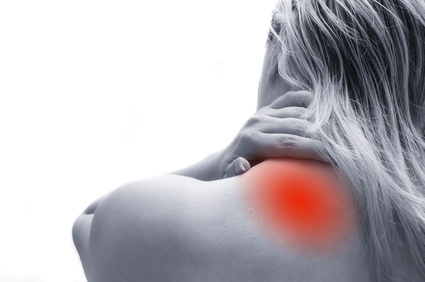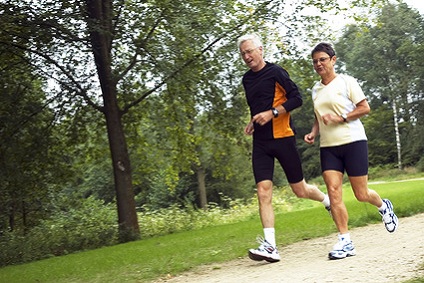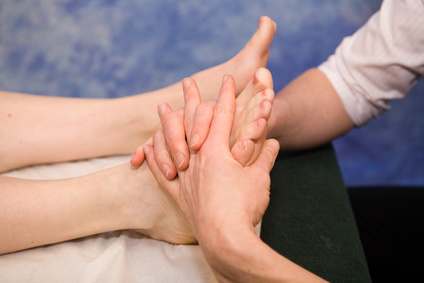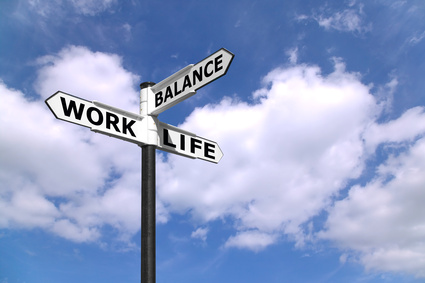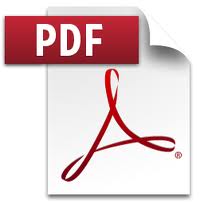
What conditions do chiropractors treat?
Chiropractic treatment is suitable for all ages. Problems can be caused by trauma, posture, lifestyle, stress and every day wear and tear. Medical research supports the use of Chiropractic treatment for a wide variety of conditions including:

- Back pain
- Headaches (Cervicogenic)
- Arthritic Pain
- Shoulder & Elbow Pain
- Sports Injuries (Minor)
- Neck Pain
- Joint & Muscle Pain
- Aches & Pains
- Hip & Knee Pain
- Plantarfasciitis
Back Pain
Back pain will affect 80% of all of us at some point in our lives and often starts for no obvious reason, which makes it all the more frustrating. Chiropractic has been shown to speed recovery from both short-term and long-term back problems.
The current National Institute for Health and Clinical Excellence(NICE) guidelines recommends Chiropractic treatment for back pain and suggests that GPs should refer back pain patients for Chiropractic treatment.
Neck Pain and Headaches
Neck pain and associated headaches are a common problem in our society. These problems are often caused by postural strain due to poor sitting/sleep posture and prolonged desk/computer use.
The result is loss of movement in the joints in your neck/upper back and tightness in the associated muscles. This in turn can lead to pain. Pain can also arise from trauma such as road traffic accidents.
Chiropractic treatment can help neck pain and headaches by reducing the tightness in the joints and muscles in your neck, thus reducing the pain and increasing movement
Arthritic pain
'Arthritis' is a term used to basically mean general wear and tear on joints in the body that occurs over time. There are many forms of arthritis including osteoarthritis, which is due to wear and tear on the joint surfaces which can lead on to cause inflammation and stiffening of joints. Although you cannot reverse arthritis treatment concentrates on maintaining mobility and strengthen of the joints and surrounding muscles to maximise function and reduce pain.
Shoulder and Elbow Pain
Shoulder and elbow are some of the most common problems seen in chiropractic practice. Often caused by overuse, accidents, and sporting injuries. Pain in the shoulder and elbow and wrist can also be referred from the neck such as in the case of cervical disc injuries. Common conditions treated include shoulder tendon injuries, frozen shoulder, tennis elbow and golfer's elbow. Chiropractors treat shoulder pain using a package of care that may include manual therapy, home exercise, medical Acupuncture, shockwave therapy and advice.
Sports injuries (minor)
A large variety of sports injuries respond well the Chiropractic treatment including sprains and strains, overuse, and traumatic injuries. Chiropractors use a range of techniques to help to speed up healing including soft tissue therapy, manual therapy, shock wave therapy, and home exercises.
Hip and knee pain
Hip and knee pain are often closely connected and have a variety of causes including strains and strains, arthritis, and overuse injuries. Common injuries seen include hip and knee Osteoarthritis, patellofemoral pain syndrome and ligament/tendon injuries on the surrounding hip and knee joints. It is also very common to get referred pain from the back and pelvis into the hip and knee.
Plantar Fasciitis
Plantar fasciitis and other forms of foot pain have been successfully treated using Chiropractic treatment and responds especially well to Focused Shockwave Therapy. Pain is often caused by poor biomechanics and overuse.
Advice for Acute Back Pain
Use ice - not heat. Ice will help bring down the inflammation and swelling in the injured area. Do not use heat for the 1st 24-48 hours as this could make the problem worse. You can use an ice pack or a bag of frozen peas.
Make sure you cover the ice pack in a tea towel or kitchen paper, to avoid burning the skin. Use the ice for 20-30 minutes, every 2 hours or as often as possible.
No hot baths - Have a shower instead. Heat can make joint pain worse in the initial stages.
Keep mobile - Do not stay in one position, e.g. sitting, driving, standing, too long as it will cause the back to stiffen further. Gently walking is recommended. If you cannot tolerate walking, try crawling on all fours
until you loosen up.
Sitting posture - Avoid sofas and deep chairs. Sit in higher chairs e.g. dining room chair. If the chair does not have a good low back support, place a small cushion or rolled up towel in the small of your back. This helps
keep the natural arch in your spine.
Listen to your back - Pain is a warning sign, don't ignore it. If what you are doing hurts - STOP. Don't try to push through the pain.
Rest as comfortably as you can - Most people find lying with their knees bent, either on your side or back, most comfortable. This relieves pressure on the spine and helps the muscles relax.
Medication - Ask your Chiropractor/Doctor/Pharmacist what the best medication would be to take.
Accept help - from your family and friends. Let them help you with day to day activities such as housework, DIY and gardening. If you push yourself to hard the injury will take longer to heal.
Back Pain Prevention
Keep active - Regular exercise helps keep the back strong and flexible. Choose an activity you enjoy or you want keep it up. Pick something that is right for you fittest level and increase the intensity gradually.
Listen to your back - Pain is a warning sign. If what you are doing hurts - STOP. Don't try to push through the pain.
Choose the right mattress - For most people a medium, pocket sprung mattress is best, as it spreads your weight more evenly. If the mattress is too hard it puts increased stress on shoulders and hips; too soft
and it will sag it to middle. Many people also find memory foam mattresses very comfortable. It is also worth being aware the word "orthopaedic" means nothing when applied to beds.
Don't sleep on your stomach - This increases the stress on your low back and neck joints.
Bend from the waist keeping your back straight - Don't stoop and twist. This is the most common cause of back injuries even without lifting anything!
Don't sit for too long - Prolonged sitting causes increase load on the spinal discs and weakens the muscles. Aim to get up and move about every 30-40 minutes.
Call your Chiropractor for further advice
07791 274393
